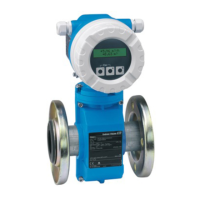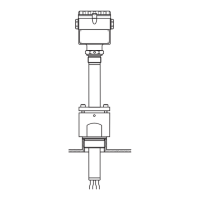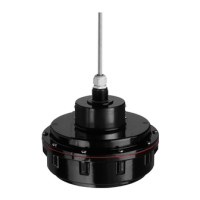Turbimax CUS51D
4 Endress+Hauser
90° scattered light method
The measurement uses a wavelength of 860 nm like described in ISO 7027 / EN 27027.
The transmitted light beam is scattered by the solid matter particles in the medium. The scattered beams are
detected by scattered light receivers which are arranged at an angle of 90 ° to the light sources. The turbidity
of the medium is determined by the amount of the scattered light.
135° backscattered light method
The transmitted light beam is scattered by the solid matter particles in the medium. The backscattered beams
are detected by scattered light receivers, which are arranged next to the light sources. The turbidity of the
medium is determined by the amount of backscattered light.
This method is used to measure high turbidity values.
Sensor monitoring The optical signals are continuously monitored und checked for plausibility
Discrepancies are reported via error messages by the transmitter.
The sensor check system of the Liquiline M reports the following failure conditions:
• Implausible high or low measuring values
• Disturbed controlling due to erroneous measuring values
a0013168
Principle of the 90° scattered light method
S = Light source
E = Light receiver
P = Particle
a0013304
Principle of backscattered light method
I
0
= Intensity of transmitted light
I
S
= Intensity of backscattered light
A = Geometric factor
C = Concentration
P = Particle
f(α) = Angle dependence

